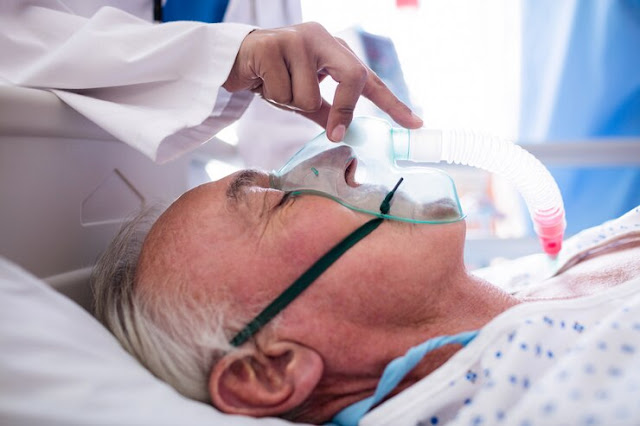Fundamentals & Essentials of Quality Wound Care at Home
Wounds of all kinds heal faster when someone tends to them. It is also unwise to neglect a wound regardless of its size or depth. From minor cuts to larger injuries, make sure the person who has them gets the best care and attention, whether they are at home or outside.
For instance, you can call professional nurses to deliver wound care at home if you feel unequipped to deal with an injury that may need proper care and dressing. Healthcare providers who offer affordable home-based health care in Dubai, such as Wahat Al Aman, make sure their patients are extremely comfortable and don’t have to leave the comfort of their homes.
How Wound Care at Home Can Help the Patient
In this blog, we will discuss wound care at home in detail, starting with its purpose and the various types of wound care professionals are capable of providing at present.
To start with, there are multiple reasons behind caring for a wound, including the following:
● Applying a wound dressing compresses bleeding wounds to prevent haemorrhage or venous stasis
● Caring for a wound helps reduce pain and discomfort
● When applied in a certain manner, it can be used to immobilise a hurt body part
● It helps prevent infection in the wound
● It provides the moisture necessary to promote healing, especially while the patient is receiving other services, such as tracheostomy care at home
Different Kinds of Wounds and How they are Treated
Consider this short list of wound types and the types of wound care at home they receive:
● Scrapes and Grazes (abrasions) - film or fixation sheets for clean abrasions and dry or tulle dressings for the soiled ones.
● Cuts, bites, punctures - The wound is left open or with a dry dressing
● Dry wounds may require dressing that retains moisture, such as a semi-permeable colloid
● Chronic ulcers heal best with the use of a hydrocolloid, foam, or alginate
● Wounds with infection may benefit from alginate and should not be covered with occlusive dressings
● Lacerations with sutures can use either open or dry dressing
● Burns - If the burn is a second-degree but minor burn, keep away from dry dressings and use film or fixated sheet dressing. For major second-degree burns, opt for plastic wrapping or medicate tulle dressing
● Injuries with sloughing require hydrocolloids or alginate to bring back moisture. This type of wound may occur in certain old or sick patients who may also require palliative care at home.
Wound Care at Home: Various Wound Dressing Types
● Cloth/gauze dressing is the most readily available and well-known dressing that works well for open wounds or places where the skin is damaged. These include cuts and grazes.
● Medical professionals use transparent, clear film dressing when they must closely monitor wound healing.
● Hydrocolloid dressings are useful for a variety of wounds, including burns, pressure/venous ulcers, necrotic, and draining wounds
● Alginate dressings help with wounds that have higher drainage amounts, packing wounds, and more serious venous/pressure ulcers.
● Collagen dressings are designed for severe wounds caused by chronic or stalled conditions, surgery, transplant, bedsores, and burns (second degree or higher)
● Foam dressing works well for malodorous and large wounds
● Hydrogel dressing is for wounds that contain negligible or zero amount of excess fluid, donor sites, intense burns (2nd degree or above) necrotic or infected wounds, and pressure ulcers.
Why Should You Opt for Wound Care at Home?
Aside from receiving quality care from medical professionals at the comfort of your home, there’s a list of advantages that you get when you choose wound care at home services:
● No need to wait at a clinic or hospital for the smallest of dressings
● A relaxed environment, away from the hustle-bustle of hospitals
● The patient will receive a customised service according to their needs
● Home-based healthcare services are run in partnership with hospital and external services
● The patient is at far less risk of getting hospital-acquired infections
● The carer and patient’s family have choice and control over the care
● The patient receives affordable care without compromising the quality of the outcome
● The patient’s family and friends are able to get more involved in their recuperation, learning more about the type of care the patient needs and helping them heal quickly.




Comments
Post a Comment